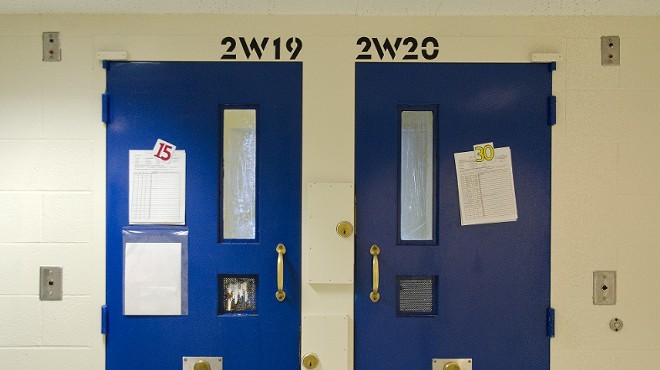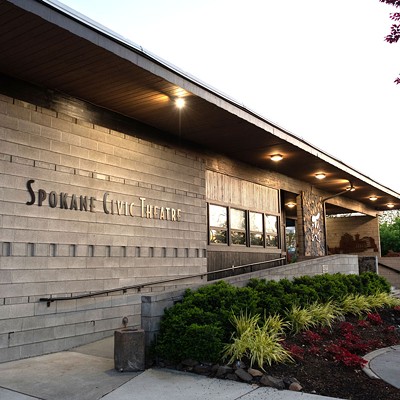Tuesday, September 22, 2015
Families, especially women, are hit hardest by hidden costs of incarceration
It’s no secret that the cost of incarceration is very high. The United States spends $80 billion a year to house more than 2.4 million people in jails and prisons. In Spokane, the average daily cost of housing an inmate in the Spokane County Jail in 2015 is $120. The annual operating cost is $37 million, according to a report by Spokane County Detention Services.
But there hidden costs of incarceration, as well.
A recent survey of more than 700 formerly incarcerated people and 368 family members of formerly incarcerated people found that the cost of lock-up is too great for most families, and the impact can last for years after a person’s release.
The Ella Baker Center for Human Rights, a nonprofit that focuses on racial and economic justice, and Forward Together (formerly known as the Asian Communities for Reproductive Justice), along with 20 community-based and civil rights organizations, collected surveys and conducted focus groups with people spanning 14 states to uncover exactly what those hidden costs are and who is impacted most.
Here are some of the report’s findings:
- Nearly 65 percent of families with an incarcerated member struggle to meet their basic needs.
- Forty-nine percent of families struggled with basic food needs and 48 percent had trouble meeting basic housing needs. One in five families faced eviction, were denied housing or did not qualify for public housing after the incarcerated member was released.
- Incarceration also impacts a person’s ability to earn a living: 26 percent of formerly incarcerated people were unemployed five years after they were released, and only 40 percent were employed full-time after five years, according to the recent research. (A separate report by the Pew Charitable Trusts from 2010 found that hourly wages for formerly incarcerated males decreased by 11 percent after they got out. The report also found that annual employment decreased by nine weeks, and annual earnings dropped by 40 percent as a result of time spent in jail or prison.)
- On average, court-related fines and fees came out to $13,607. I wrote about the problem of the impossibly deep hole legal financial obligations can dig back in April.
- The project also considered the cost of communicating with a family member in jail. More than one in three of the families surveyed went into debt to pay for phone calls and visits.
- For some families the cost is too prohibitive. Vy Thang, who is serving a life sentence at the Washington State Penitentiary in Walla Walla, hasn’t seen his family in 11 years. Although he talks with them almost every day on the phone, they can’t afford to make the trip from their home in Aberdeen. (Thang also says his legal financial obligations continue to accrue interest as he sits out his life sentence. The original $5,000 has grown to $20,000.)
- Women carry the biggest burden when it comes to the collateral cost of incarceration. Eighty-three percent of family members primarily responsible for court-related costs were women.

















